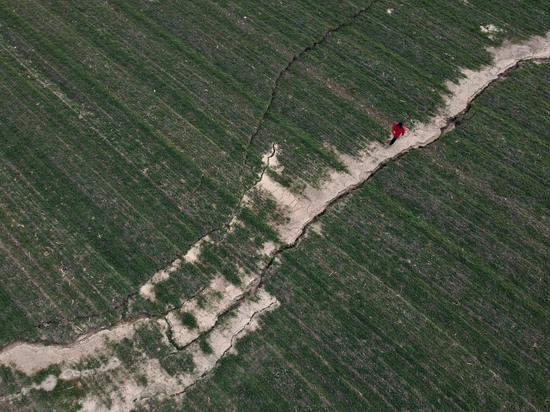A new approach developed by Chinese researchers has been proven effective in controlling the odor of waste transfer stations.
A waste transfer station is a temporary holding facility where waste is sorted and sent to a landfill or recycling facility. The decomposing household trash and the increase in temperature and moisture lead to a higher odor concentration at the station.
According to Qiang Ning, an air pollution control expert from Tongji University, the new technology uses a pulse power supply to form a plasma processing area.
Qiang explained that when the odorous gas passes through the plasma zone, multiple oxidation and reduction reactions occur, reducing the concentration of the odor and achieving odorless, safe, and green emission.
Tanghui Waste Transfer Station in Jiaxing, east China's Zhejiang Province, has adopted the deodorizing technology. Field inspection shows the odor in all operation areas at Tanghui station is significantly lower than before, and inspectors detected almost no smell on site. There was no sensory odor around the site.
According to the Tanghui station, the technology has low power consumption and a small floor area, is easy to operate, and requires less manual maintenance.


















































 京公网安备 11010202009201号
京公网安备 11010202009201号